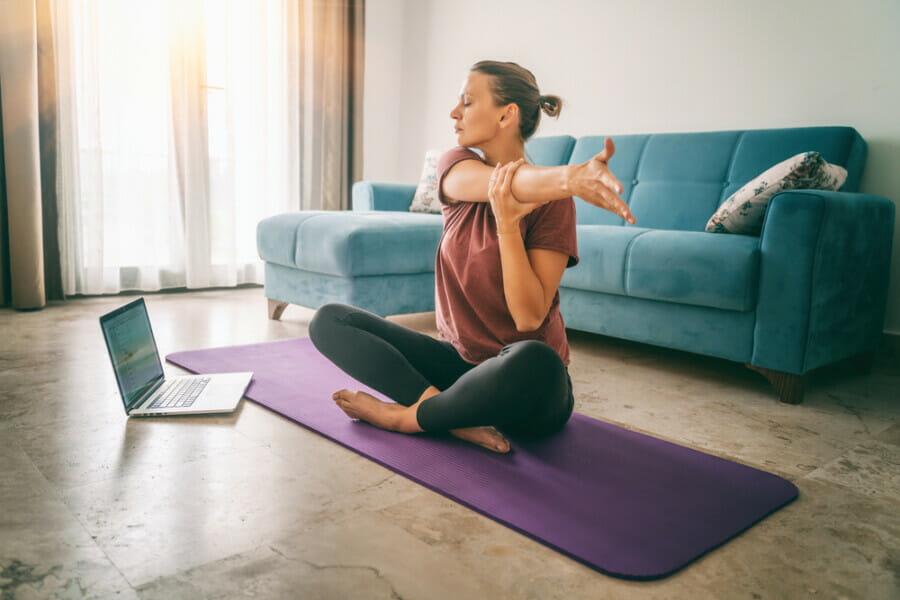Can Stretching Alone Be a Sufficient Workout for the Day?
Not everyone enjoys intense workouts, but with the constant promotion of the mental and physical benefits of exercise, those who are not regular gym-goers may question if a simple stretching routine would suffice as a workout.
According to lululemon Studio trainer Xtina Jensen, a certified personal trainer specializing in stretching, barre, boxing, cardio, and strength workouts, the answer is not straightforward.
“Flexibility training is an essential component of any exercise program and can be used for recovery on rest days,” she explains. “However, while incorporating stretching into your workout routine is crucial, it is most effective when part of a well-rounded regimen.”
Is Stretching Considered Exercise?
Stretching is a valuable form of movement, but on its own, it may not offer all the health benefits that more vigorous activities provide. It is often included for about eight to 10 minutes at the beginning and end of a workout session, with active recovery days suggested to complement strength and cardio workouts during the week.
The Department of Health and Human Services recommends that adults engage in 150 to 300 minutes of moderate-intensity aerobic exercise per week, along with muscle-strengthening activities targeting all major muscle groups twice a week—goals that stretching alone does not fulfill.
Does the Type of Stretching Matter?
While dynamic stretching involves continuous movement and can challenge muscles more than static stretching, combining both is recommended for improved flexibility, mobility, and reduced risk of injury. However, relying solely on stretching for exercise is insufficient.
Excessive stretching can lead to muscle and joint laxity, potentially resulting in injuries over time.
What About Active Recovery Days?
On days dedicated to active recovery—rest days from intense workouts such as weightlifting, high-intensity interval training (HIIT), or race training—flexibility training can be valuable. Opting for gentle movement activities, such as a stretch class, on these days is beneficial.
It is advised to have one to three active recovery days per week, leaving the remaining days for cardio or strength-focused exercises.
Yoga and Stretching
While some may view yoga simply as stretching, styles like Vinyasa or Ashtanga incorporate strength and balance components beyond flexibility. These classes offer a comprehensive mind-body workout that can serve as both active recovery and standalone exercise routines.
Importance of Stretching
Although stretching alone may not be sufficient for optimal fitness levels, it plays a vital role in overall movement and health. Stretching can help mitigate the risk of injuries from overuse patterns, correct muscular imbalances, and address joint dysfunctions.
Listen to your body’s signals to determine when you need to stretch. Regular stretching is essential to maintain flexibility and prevent stiffness and discomfort over time.
Remember, our bodies are designed to move, and incorporating various forms of movement daily is essential for overall well-being.














